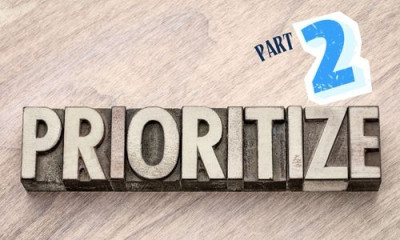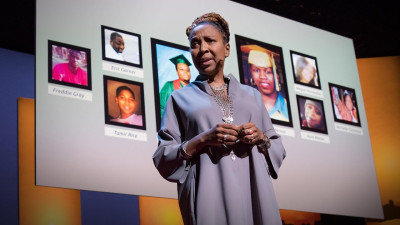Course list
6 Courses on this page
Stuck at the starting line? Your River Run begins here.
Time management is crucial for productivity because it helps you focus on what matters, reduce stress, and make meaningful progress instead of just staying busy. Here’s a breakdown of why it’s so important:
When people feel safe to share ideas and take risks, work flows more smoothly and teams gel.





